Been reading a couple articles on this. I'm supposing no news since 2002 is good news. Anyone know if it was determined the disease was always there and we just noticed it?
Redwoods in peril
Sudden oak death fungus discovered in saplings
Ray Delgado, Peter Fimrite, Chronicle Staff Writers
Wednesday, September 4, 2002
California's famed groves of redwood trees face a potentially fatal threat from sudden oak death syndrome, after researchers announced today that the disease has been found on saplings in Sonoma and Santa Cruz counties.
The fungal disease was also found on Douglas firs in Sonoma County. Researchers, however, are unsure whether the disease will prove fatal to the two species of trees, as it has to more than 100,000 oak and tan oak trees along the Central California coast since its discovery in 1995. No cure has been found.
Researchers from UC Berkeley and UC Davis isolated living cultures of Phytophthora ramorum -- the fungus that causes sudden oak death syndrome -- from the branches and needles of redwood saplings at Jack London State Park in Sonoma County and Henry Cowell State Park in Santa Cruz County. The infected Douglas fir trees were found at another site in Sonoma County.
"What was somewhat surprising is that, for redwoods, we found the pathogen in all the places we checked," said Matteo Garbelotto, adjunct assistant professor of ecosystem science at UC Berkeley's College of Natural Resources. "In contrast, infected Douglas fir saplings were found at only one site -- in Sonoma County -- but they seemed to show a stronger reaction to infection."
It is unknown how far the disease has spread and whether other coastal redwoods are threatened, Garbelotto said. Researchers looked at hundreds of redwood trees and found that traces of the disease appeared to affect only trees less than four inches in diameter.
"We can't predict the future," Garbelotto said. "Now we have to observe what happens through time. Will it get worse or stay at this relatively low level?"
Besides being a major tourist attraction, California redwoods are vital to the state's timber, nursery, landscape and construction industries.
The majestic trees can reach heights of more than 350 feet and live to be 2, 000 years old.
Researchers believe that bay laurel trees are the primary host for the multiplying spores of sudden oak death, which has been seen in 12 counties throughout the state.
Ramorum spores do not immediately kill bay trees and instead appear to congregate on the leaves. The spores are blown or washed off, floating in the air or permeating the soil and spreading to other tree species.
The disease has laid waste to black oak, coast live oak and tan oak trees from Monterey to the Oregon border, but at least eight other species of trees and shrubs also have been infected.
Ken Bovero, an arborist in Marin County who found a dead redwood tree with traces of the fungus earlier this year in Mill Valley, said he was worried that the disease would prove to be fatal to redwoods. Scientists who studied the tree that Bovero found were unable to determine if it was killed by the fungus or caught it after it died.
"There are a number of areas in Mill Valley where redwoods look horrible," Bovero said. "Stands of them are declining. They're showing a lot of die back."
But Bovero also said he hoped the redwoods could withstand the attack better than other trees.
"Redwoods are a much heartier species that seem to fight off fungal invasions much better than oaks do," Bovero said. "(The disease) seems to infect redwoods that are already predisposed, either diseased or planted in an inappropriate area."
E-mail the writers at rdelgado@sfchronicle.com and pfimrite@sfchronicle.com.
Here is a link that might be useful: BBC article on the same (info in meters :)
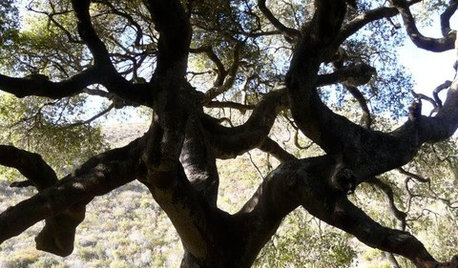
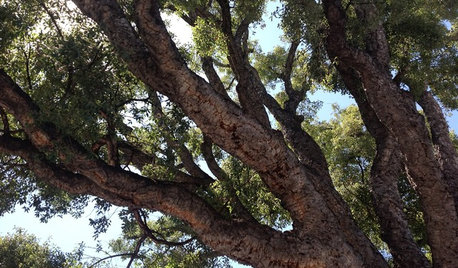

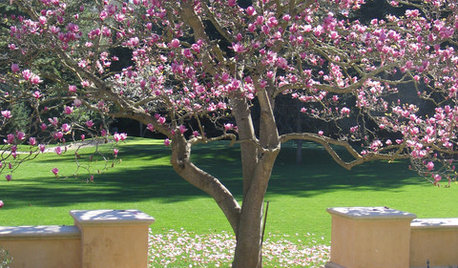



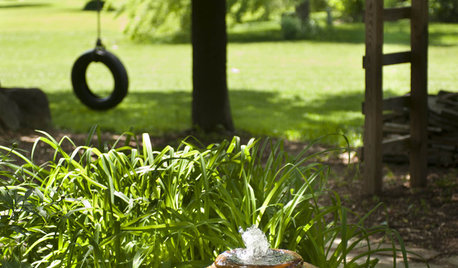

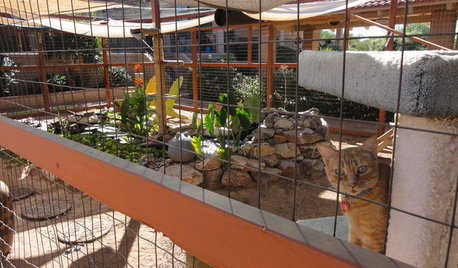





sequoia_stiffy
pineresin
Related Discussions
Sudden death in African Violet
Q
Oak Wilt and Sudden Oak Death
Q
Estimated losses from Sudden Oak Death in CA, USA
Q
Other than poison, what would explain sudden death of this oak?
Q
salicaceae
Embothrium
sequoia_stiffy
Embothrium
schmoo
nhcal